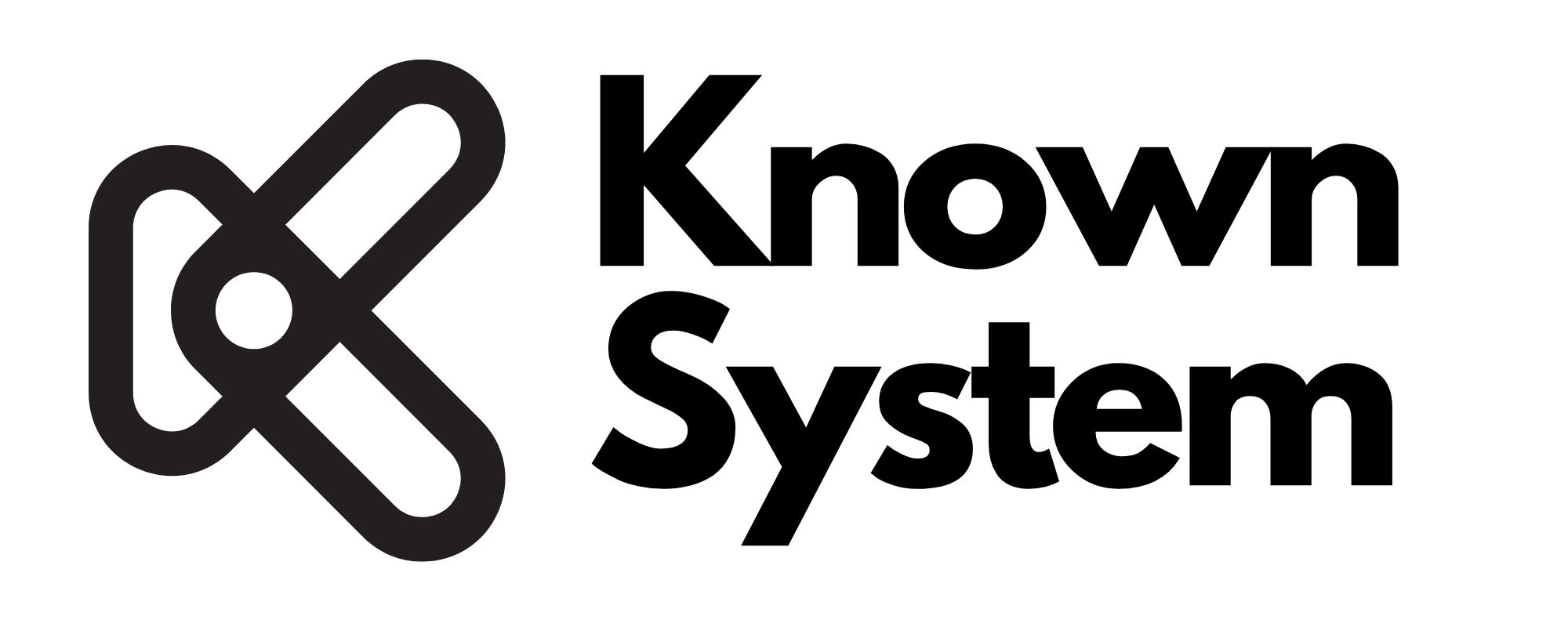User Experiences: Sharing Insights on Different Technological Frameworks

User experiences provide invaluable insights into how different technological frameworks function in real-world scenarios. These experiences help us understand not only how well these technologies meet their intended purposes but also the challenges and benefits they bring to the users themselves. Sharing insights from users across various sectors, industries, and personal contexts can illuminate areas of success as well as opportunities for improvement.

In the realm of smartphones, for example, users often express their appreciation for the convenience and multifunctionality these devices offer. Smartphones allow people to manage their schedules, communicate with others, capture photos and videos, and access a vast array of services, all from one device. However, many users also highlight issues such as battery life, device overheating, and occasional software bugs. These user insights are essential for manufacturers to address these pain points in future updates or models, improving the overall user experience.

In business, software frameworks such as enterprise resource planning (ERP) systems play a crucial role in streamlining operations. Users of these systems often share their experiences related to system integration, ease of use, and customization. While these frameworks can significantly improve efficiency, many users report challenges with the complexity of the software, requiring extensive training or a steep learning curve. These user experiences provide guidance to developers, allowing them to refine user interfaces and improve system functionalities.

In educational technology, tools like e-learning platforms and digital classrooms have transformed the way students and teachers interact. While these platforms have made learning more flexible and accessible, students and educators often express concerns about user-friendliness, technical glitches, and the lack of personal interaction that traditional in-person education offers. These shared experiences help guide developers and educators in creating more effective and user-centered educational tools.

Sharing user experiences with different technological frameworks allows for a more nuanced understanding of how these tools function in real-world applications. It provides feedback for developers, ensuring that technologies evolve to meet the ever-changing needs of users while addressing any challenges they may encounter.

